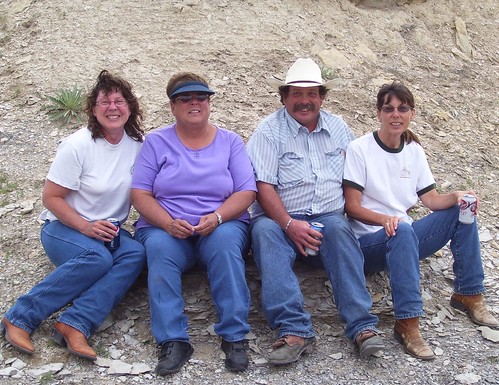
In the southeastern-most part of Colorado lays the historic town of Springfield, known for its farming and cattle ranching communities.It also now boasts one of Colorado’s exceptional stewards of conservation, Pipe Springs Ranch LLC. This 14,000-acre ranch has been named the 2011 recipient of the Leopold Conservation Award, which honors farmers and/or ranchers who demonstrate responsible stewardship and management of natural resources.
The Leopold Conservation Award, named after world-renowned conservationist Aldo Leopold, is comprised of an etched crystal on a stand and $10,000. It is presented annually in eight states by the Sand County Foundation, together with different partners in each state. In Colorado partners are the Colorado Cattlemen’s Association, the Colorado Cattlemen’s Agricultural Land Trust, Encana Oil & Gas (USA) Inc. and Peabody Energy.
Pipe Springs Ranch is owned and operated by siblings Jo Ann McEndree, Kaye Kasza, Steve McEndree and Cathy Tebay, fourth-generation ranchers who are committed to leaving a sustainable operation for their descendents. The McEndree siblings partnered with USDA’s Natural Resources Conservation Service (NRCS) and U.S. Fish and Wildlife Service on their conservation efforts.
The four, who inherited the ranch in 1994, share a love of the land and remain steadfast in pursuing alternatives which allow the ranch to be a more profitable operation while benefiting the natural ecosystems, despite the ten years of severe drought conditions in their community.
A large part of their land stewardship was placing pipelines to distribute water across the vast ranch. As a result, they created smaller pastures and were able to plant two windbreaks to offer protection for both livestock and wildlife. This allows for shorter grazing periods, increasing the productivity of the soil and the diversity of plants, which ultimately help wildlife.
Other wildlife-friendly conservation practices on the ranch include the creation of a shallow-water habitat for migrating birds, installation of 17.5 miles of two-strand permanent fencing that permits easy movement of land-dwelling wildlife, and installing of ladders in water tanks for trapped wildlife to escape.
Future plans for the ranch include more water lines and fencing to create even smaller pastures, and shorter, more intense grazing periods. By purchasing temporary fencing materials, the McEndree family will be able to split a section into quarters for grazing purposes.
Check out more conservation stories on the USDA blog.
Follow NRCS on Twitter.
